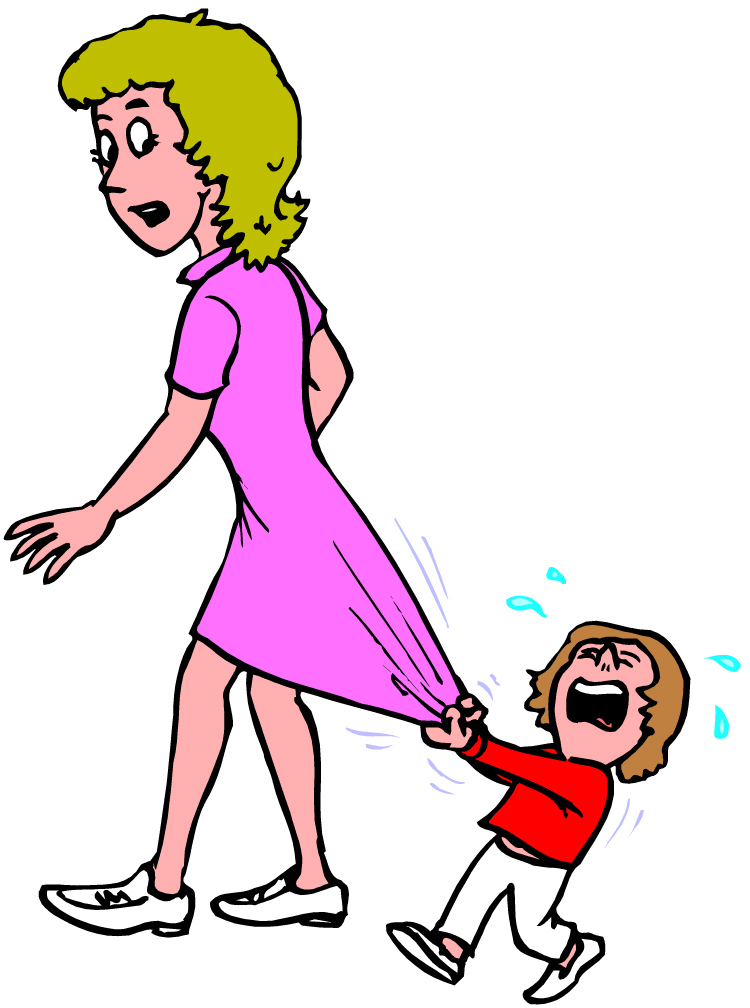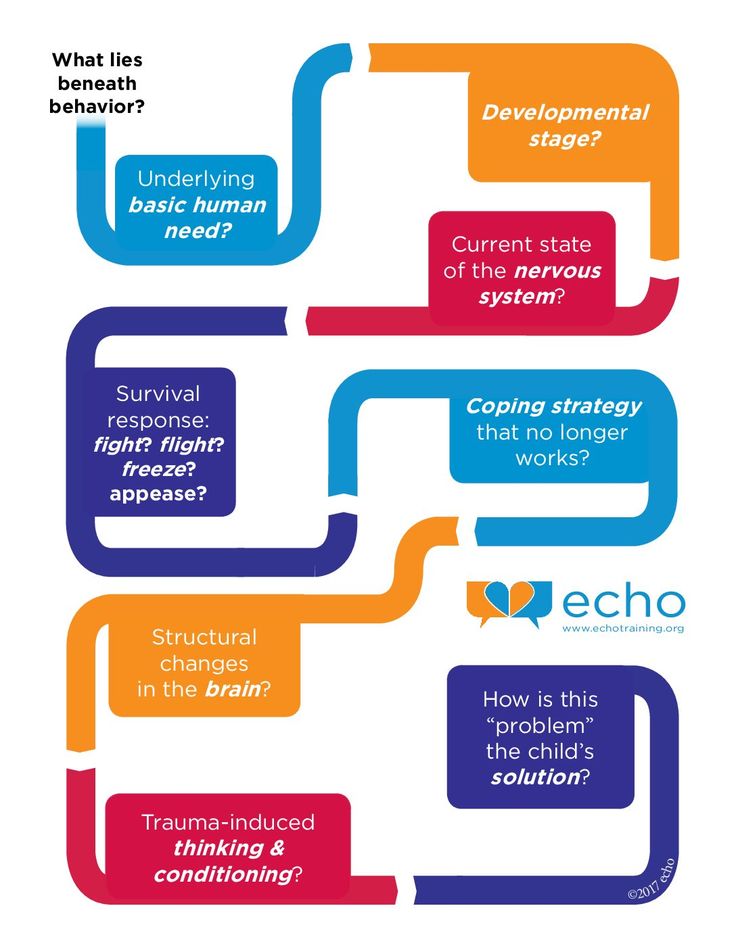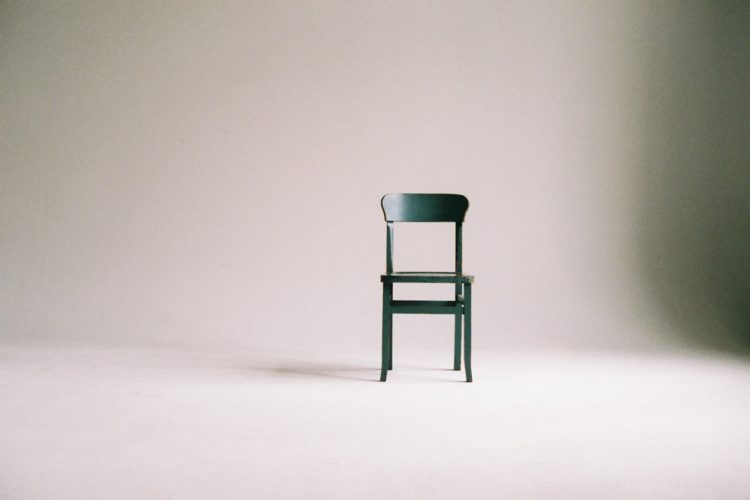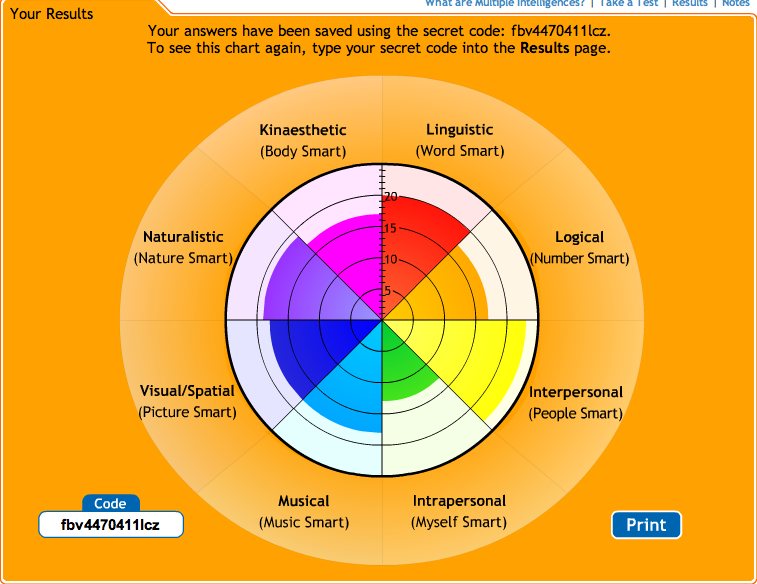Empty chair therapy
What Is The Empty Chair Technique And Why Do Therapists Use It?
Therapists use many techniques to help their clients cope with and work through mental and emotional issues. One of the most popular is the empty chair technique. If you’re in therapy for grief, relationship troubles, loss or other concerns that involve someone else, you counselor may guide you through this simple, easy-to-understand method during one of your sessions. In this article, we’ll discuss this treatment technique in more detail along with common reasons for using it.
What Is The Empty Chair Technique?Therapy Can Be Healing And Teach You Coping Techniques Let Us Help - Get Matched With A Therapist
The empty chair technique is a talk therapy exercise commonly used in Gestalt therapy. It is designed to allow you to express your thoughts and feelings as if you were talking to a specific person, but in a safe, neutral environment. Even though that person is not present, you direct your words and gestures at an empty chair and imagine that person sitting in it while you talk.
The therapist can guide you through the exercise with prompts or insights. This type of treatment method requires somewhat of an active imagination.
When it becomes clear that you need to express something to someone who is unavailable to you, your counselor may suggest the empty chair technique. The person you would like to talk to may be deceased, far away, or emotionally unavailable, but it can still help to express yourself as if they were there in a sort of self-dialogue guided by your therapist. Your therapist will simply set up a chair across from you and ask you to pretend that the person you need to talk to is sitting in it. Then they’ll invite you to say whatever you want to say to that person.
Your PartAll you need to do is say whatever comes to mind. Some people find it difficult to get started. If you have trouble imagining that the person is sitting there, don’t worry too much about it. Just go ahead and start saying what you want to say.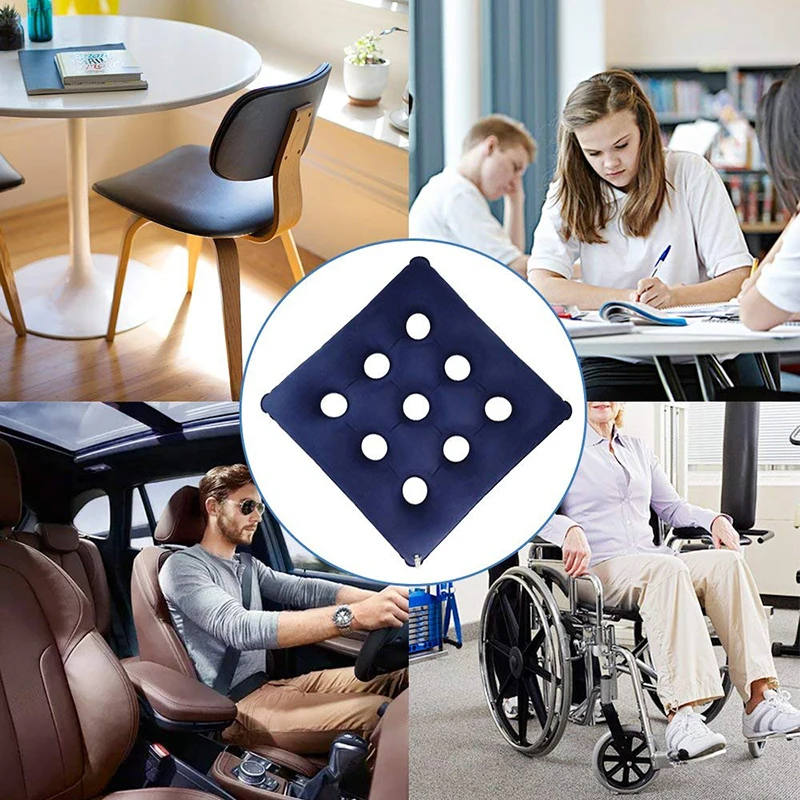 As you speak your mind and explain what you’re feeling and why, you may begin to feel as if you’re talking directly to that person.
As you speak your mind and explain what you’re feeling and why, you may begin to feel as if you’re talking directly to that person.
During the session, your counselor may ask you questions or suggest topics that you may want to discuss with the empty chair. This keeps you engaged in the experience and on track to deal with the issue you’re struggling to overcome. If you become extremely anxious, angry, or upset, the counselor may intervene to help you work through those unpleasant emotions.
OutcomesAfter you’ve said all that you want to say, you may feel a sense of relief, release, and completion. You may even feel prepared to talk to the person directly (if that’s possible). By the time you finish this exercise, you and your counselor may also learn something new about your issues with this person or situation.
Uses Of The Empty Chair TechniqueThe empty chair technique can be used in nearly every counseling situation. Some scenarios, though, lend themselves particularly well to this technique. Whenever you’re in counseling for an issue that involves conflict with another person, for example, this technique can be extremely helpful.
Some scenarios, though, lend themselves particularly well to this technique. Whenever you’re in counseling for an issue that involves conflict with another person, for example, this technique can be extremely helpful.
If you’re having trouble in your relationship, you and your partner or partners may consider seeking out mental health services. Additionally, each of you may have separate counselors who help you deal with your individual issues and give you support. If your partner doesn’t want to go into couples counseling, however, you can participate in individual counseling to deal with the relationship problems on your own. Both of you have the rights to and deserve to get help in whatever way works best for each of you individually and as partners. Either way, the empty chair technique can be a powerful way to work through your relationship.
Grief CounselingGrief counseling can help you work through the death or loss of a loved one.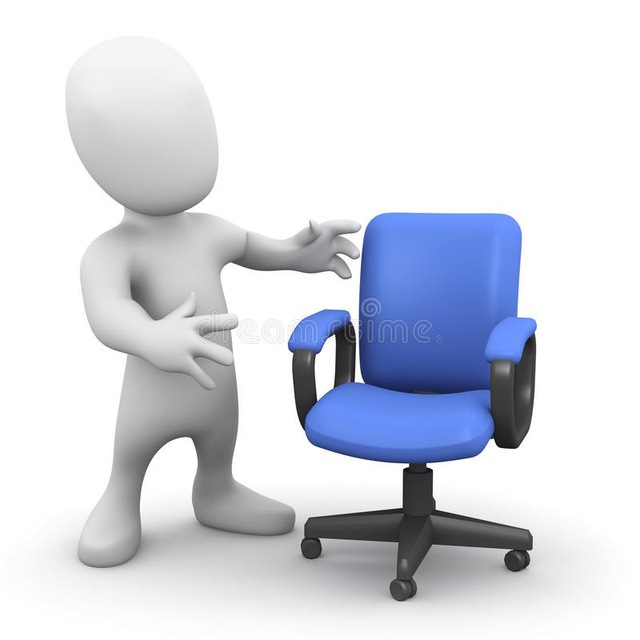 Since they are no longer around, the empty chair technique can help you have a conversation with them. That can help you process the grief and express emotions that you would otherwise be unable to communicate to this individual. At times, you may feel anger and resentment as a part of mourning, and it’s important to put emphasis on them so that you can release these emotions during the grief process.
Since they are no longer around, the empty chair technique can help you have a conversation with them. That can help you process the grief and express emotions that you would otherwise be unable to communicate to this individual. At times, you may feel anger and resentment as a part of mourning, and it’s important to put emphasis on them so that you can release these emotions during the grief process.
Some people also need the support of mental health services after a breakup. You may be struggling to move on without working through some of your relationship issues, but in many situations it’s a bad idea to contact your ex. Through the empty chair technique, you can work through your feelings in a healthy way while still maintaining distance from your former partner.
Dealing With Past TraumaTraumas from your past can cause emotional difficulties in the present. The people who were involved in the original trauma may have passed away or otherwise out of your life.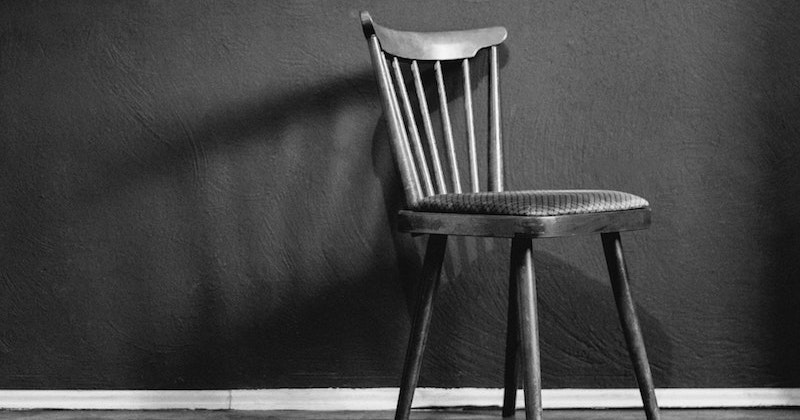 However, it may be difficult to resolve your feelings about the trauma without expressing your anger, hurt, and sorrow.
However, it may be difficult to resolve your feelings about the trauma without expressing your anger, hurt, and sorrow.
With the empty chair technique, you can safely express your emotions to the parent who abused you, the person who broke into your home, or the bully who threatened you. You can finally say what you needed to say at the time but were too overwhelmed or not yet ready to express. The empty chair technique offers a safe place to open up to this person without putting you at risk.
Planning Future EncountersSuppose you’re in conflict with someone, and you know you’re going to talk to them soon. Having this conversation may seem overwhelming. If you feel anxious about it, you might also worry that you won’t say what you need to say when you have the chance. The empty chair technique allows you to practice what you’ll say ahead of time, thus helping things to be overall easier and more comfortable. When you finally have the conversation, you’ll likely feel more relaxed and in control, even if you don’t say things exactly as you practiced them.
Now that you know how the empty chair technique works, you might be wondering why it works. Your therapist may choose this treatment technique for any number of reasons, some of them covered below.
Helping You Identify Your FeelingsWhen you start talking to the chair, you may not even know how you feel about the relationship with the imagined person in it. You might know that you feel uncomfortable, for example, or hurt, but maybe you can’t pinpoint your exact feelings.
As you speak, you can get in touch with these feelings and begin to name them. Anger, fear, sadness, hopelessness, or any other feeling may appear in your words, your inflections, and your gestures. You may notice these feelings yourself, or your therapist may point them out to you. You may also be able to find the source of these difficult feelings. Once you know what you’re feeling, you can address it and work through it.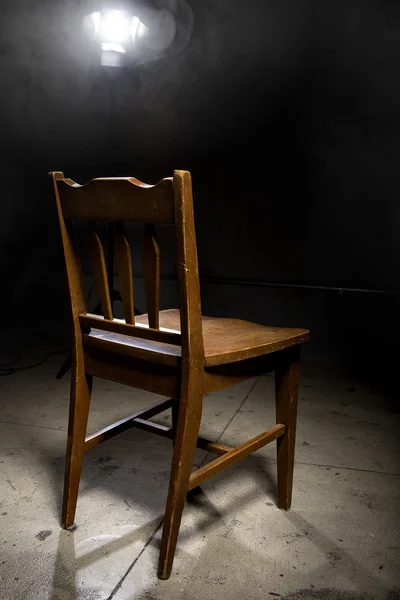 Think of it as a temporary visit with these tough emotions so that you can gain a better understanding of them and release them.
Think of it as a temporary visit with these tough emotions so that you can gain a better understanding of them and release them.
You might not feel like you can express yourself freely with another person. That person might interrupt you, stonewall you, avoid your questions, be emotionally unavailable to you, or engage in other harmful behaviors. If you need to talk to someone who is deceased, others might judge you if you say anything negative about them, but the things you need to say won’t go away simply because it may be frowned upon by some to say them. You can say whatever you’d like when you’re talking to an empty chair. This free expression can relieve your burden dramatically, allowing you to move through and past the pain.
Helping You Gain Insight Into Your RelationshipsTherapy Can Be Healing And Teach You Coping Techniques
Let Us Help - Get Matched With A Therapist
When you’re in a relationship, you might find it hard to see the relationship objectively. Sometimes, we’re afraid to be honest in our relationships, and that can cause confusion. Expressing yourself in this free and open way may reveal problems you need to address.
Sometimes, we’re afraid to be honest in our relationships, and that can cause confusion. Expressing yourself in this free and open way may reveal problems you need to address.
You may also realize things about your relationship that you couldn’t see before. You might come to understand that you’re relatively happy in the relationship, but you want to make some small changes. Or you might see for the first time that it’s time to leave because the relationship is unhealthy, or be able to accept that it’s unhealthy and things need to change. With these new insights, you can make better informed decisions.
Helping You Learn Better Communication SkillsSometimes our emotions get the better of us in a conversation. As your emotions and thoughts begin to flow through your words and gestures, you might get so wrapped up in the experience that you seem to lose control over what you’re saying. The empty chair technique can help you work on the way you communicate.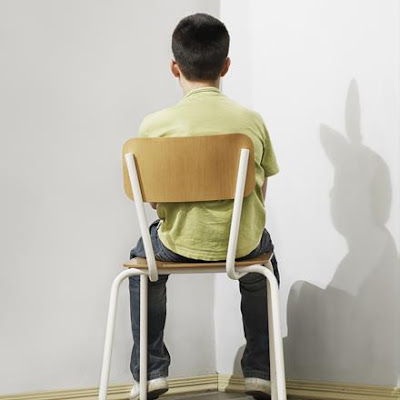 As you practice, your therapist can help you develop your communication skills, so you can more readily and accurately express what you’re feeling and thinking.
As you practice, your therapist can help you develop your communication skills, so you can more readily and accurately express what you’re feeling and thinking.
For example, while you’re practicing, your counselor might ask questions to help you word your issue clearly, so the other individual can understand you better. They may also help you coordinate your facial expressions with your emotions. These new skills can be very helpful when you’re aiming for healthy communication outside of your therapist’s office.
Is The Empty Chair Technique Right For Me?You don’t need to worry about when to use the empty chair technique in therapy. Your counselor is trained to know when it will help you. During your counseling sessions, they might see a need for you to express your thoughts and feelings more freely, or they might notice that you’re struggling with a relationship issue. In both of these cases, they might suggest the empty chair technique to continue healthy progress.
This treatment technique is just one of the many ways a counselor can help you deal with relationships, trauma, grief, or other mental health issues. You can talk to a licensed counselor online wherever works best for you. Though all of our therapists are based in the U.S., therapy with us can be utilized anywhere in the world so long as you have an internet connection.
In a review of dozens of studies, internet-based therapy has been found to be overall just as effective as in-person therapy for treating a variety of mental health concerns, including depression, anxiety, and relationship troubles. Additionally, this review concluded that online therapy has the added benefits of being more cost-effective, safer in the times of the cold, flu, and Covid-19, and more convenient, all of which contribute to client satisfaction.
Read the counselor reviews below to learn how they’ve helped people experiencing different life challenges.
Counselor Reviews“In the midst of a complex and highly stressful and frightening time in my life, Erika helped me take a moment to breathe and give order to the chaos. She understood my concerns and knew how to help me prioritize each situation every step of the way. Easy to talk to, caring, and positive. The perfect match for me and my situation.”
She understood my concerns and knew how to help me prioritize each situation every step of the way. Easy to talk to, caring, and positive. The perfect match for me and my situation.”
“I’ve worked with Jamie for a number of months and he’s helped me with everything that life has thrown my way. Difficulty in work, my relationship, and other stresses that I’ve struggled to navigate by myself. He listens and he helps. I always feel validated and supported. He gives me tools and perspectives that have made a big difference in my overall happiness.”
ConclusionThe empty chair technique is just one way that your counselor can help you feel freer, less anxious, and more confident in your daily interactions. If you want to clarify your emotions and find new ways to handle situations where you’re feeling stuck, therapy is a powerful tool that can help you on your journey, whether it’s years, months, or weeks. Take the first step whenever you’re ready.
FAQs
What Is The Empty Chair Technique?
The empty chair technique first originated in Gestalt therapy.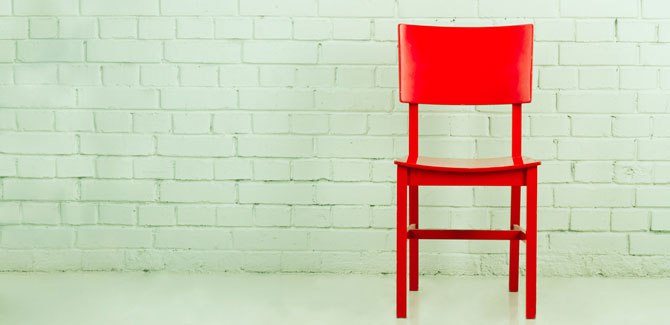 The word Gestalt means “an organized whole that is more than the sum of its parts.” Gestalt therapy, which may be beneficial in the treatment of depression or anxiety, can help an individual to gain perspective into their relationships, experiences, mental health triggers, and different aspects of themselves and think of things outside of how they are originally perceived.
The word Gestalt means “an organized whole that is more than the sum of its parts.” Gestalt therapy, which may be beneficial in the treatment of depression or anxiety, can help an individual to gain perspective into their relationships, experiences, mental health triggers, and different aspects of themselves and think of things outside of how they are originally perceived.
The empty chair technique is a simple approach that can assist individuals in processing interpersonal or internal conflict and help them to become aware of internal things that perhaps they weren’t before. By imagining another person (like a parent or partner) in an empty chair, they can converse with them as if they were present during the session. An individual could also picture a certain aspect of themselves in the empty chair. Therapists may use this treatment method in order to help individuals gain insight into their own emotions and internal struggles, as well as seeing the situation from a different perspective.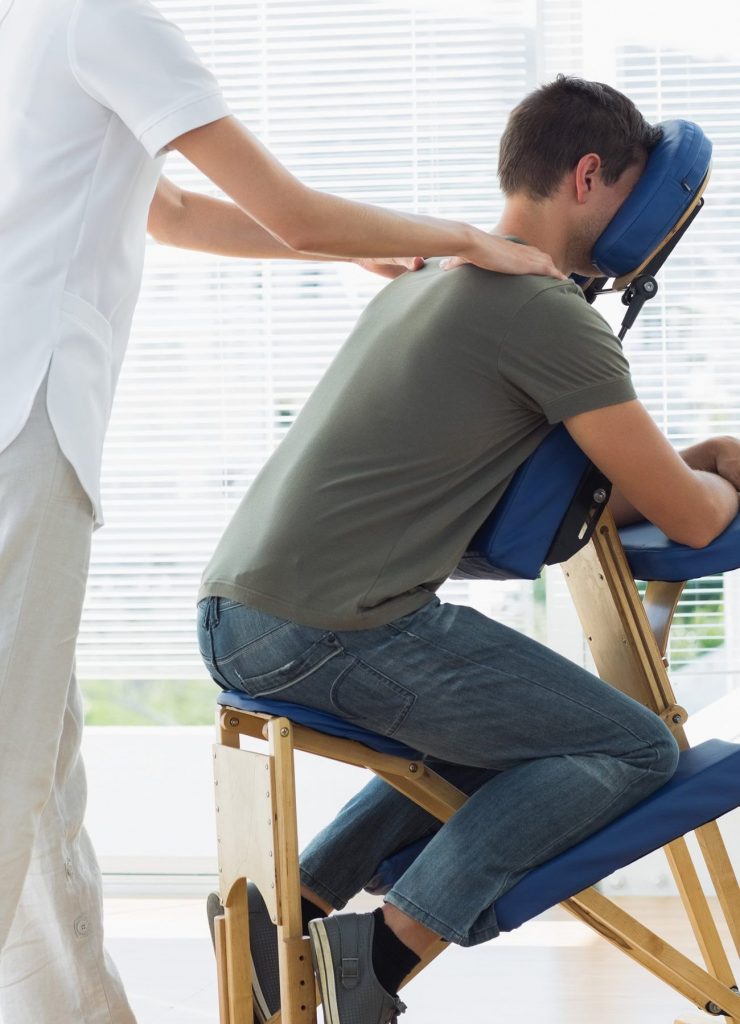
Cool Intervention #9: The Empty Chair
The Ten Coolest Therapy Interventions series continues with a technique widely recognized among gestalt therapists, their clients and furniture aficionados everywhere. Gestalt therapy expert Dan Bloom shares his thoughts on this powerful procedure.
The term gestalt refers to a whole that is greater than the sum of its parts. Gestalt therapy, formulated by Fritz Perls (1893-1970) is based on the idea of a whole being as connected with their environment, loved ones and memories. Therapy works toward creating full awareness of the here and now, both within the client and between client and therapist. The empty chair is one of many interactive techniques used to help engage the client's feelings, thoughts and behaviors.
The ol' empty chair has had quite a tongue-lashing over the years. Clients have given a piece of their mind to innumerable spouses, bosses, best friends and dead relatives thanks to this simple tool. But the chair is none the worse for wear, and millions of people have a greater understanding of feelings and communication as a result. This definitely qualifies it as a Top Ten finalist.
But the chair is none the worse for wear, and millions of people have a greater understanding of feelings and communication as a result. This definitely qualifies it as a Top Ten finalist.
I'm honored to host Dan Bloom, JD, LCSW, a New York gestalt psychotherapist and president of the Association for the Advancement of Gestalt Therapy, an international community. He writes, provides supervision and trains therapists in New York and internationally. He kindly shares his thoughts on the empty chair:
1. When would a clinician use the empty chair technique?
The empty chair technique is characteristic of some styles of gestalt therapy. It is often effective at facilitating clients' integration of different aspects or "disowned parts" of their personality in order to further psychotherapeutic insight. It is one of a variety of interventions that help people move from talking about something towards the fullness of immediate, present experience - sensation, affect, cognition, movement.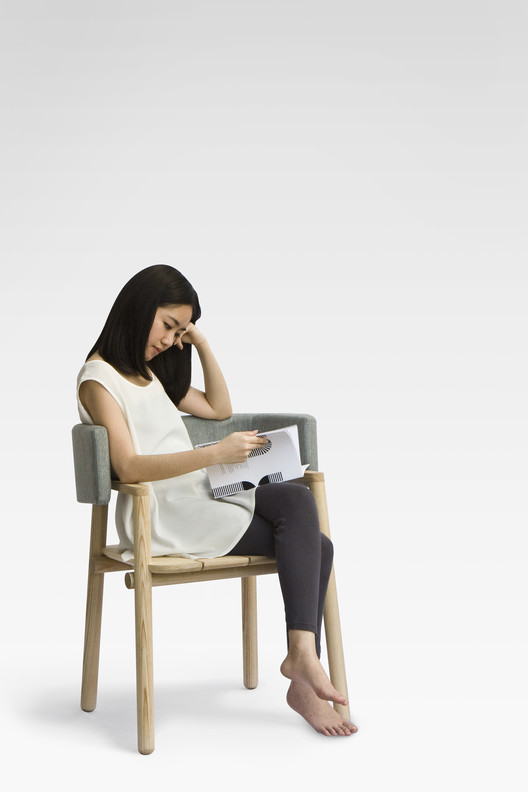 The less people are "in touch," or "verbalizing," or abstractly thinking, the more likely therapists are to use this as an expressive technique. It is not used for clients whose emotionality is already dramatic and who may be already subject to emotional "flooding."
The less people are "in touch," or "verbalizing," or abstractly thinking, the more likely therapists are to use this as an expressive technique. It is not used for clients whose emotionality is already dramatic and who may be already subject to emotional "flooding."
2. What does it look like?
As first popularized by Fritz Perls, one of the founders of gestalt therapy, an empty chair faced the client. The client imagined someone (or himself, herself, or parts of him or herself) in it, and spoke, gestured, or otherwise communicated to the "empty chair," which was now not so empty. The client then sat in the chair, continuing the conversation, this time reversing roles. Variations of the "empty chair" developed over the decades in order to fit the clinical needs of the situation - and as gestalt therapy evolved. The client might participate in this technique without the "prop" of an actual empty chair. Importantly, the technique today always includes attention to the relational dynamic between the client and the psychotherapist.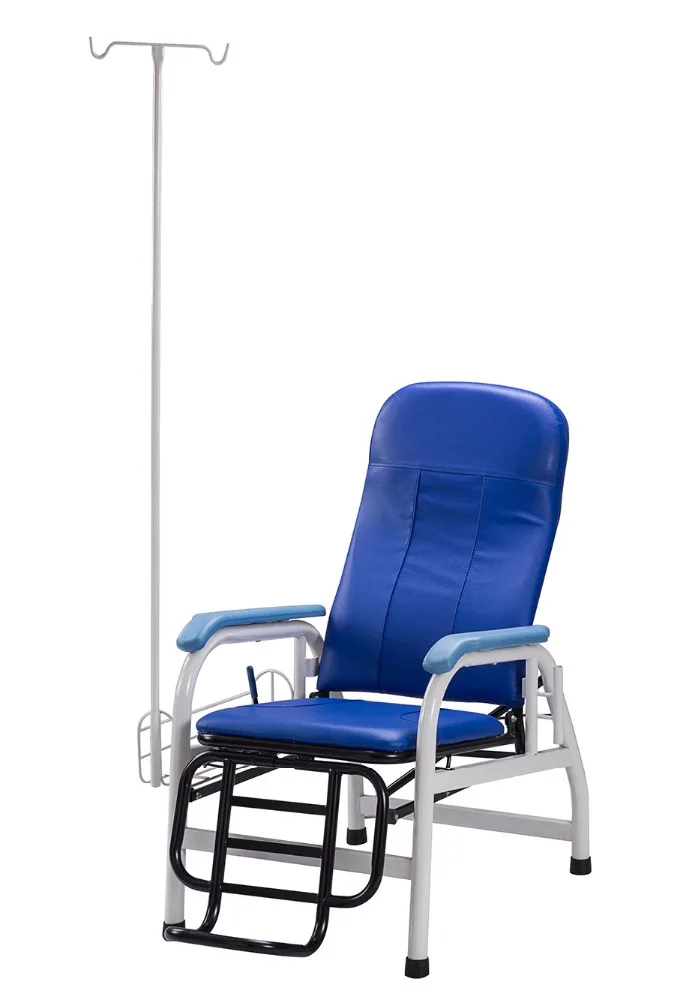
3. How does it help the client?
This technique often brings clients into present or immediate experiences. Abstractions or verbalizations become enlivened moments. Clients may be able to experience different aspects of their own conflicts in a new manner through empty-chair dialogue. Gestalt therapy is more than a collection of techniques, despite the notoriety of the empty chair. This technique is one of the many interventions within gestalt therapy, all with the common purpose of facilitating discovery and psychotherapeutic insight.
4. In your opinion, what makes the empty chair a cool intervention?
Any intervention that challenges the passivity of the clinician and turns psychotherapy into a creative collaboration is a cool technique. Further, if the empty chair is a new approach to the clients, it offers a new perspective on the therapy process.
How an empty chair will help get rid of anger and resentment
September 6 Life
The main thing is to be as honest and serious as possible.
Share
0 You can listen to a short version of the article. If it's more convenient for you, turn on the podcast.
What is the "Empty Chair"
This is a gestalt therapy exercise during which a person talks to an imaginary interlocutor sitting opposite him in an empty chair. The task of the speaker is to express everything that is in his soul, all the thoughts and feelings that the counterpart evokes. They also often try to model a dialogue, that is, to be responsible for the interlocutor. The role of the latter can be not only living or dead people, but also something symbolic, such as a goal or an inner critic.
The exercise was invented by the founder of Gestalt therapy, Fritz Perls, in the 1940s. Most often it is done together with a psychotherapist.
Why use the Empty Chair technique
There are several options.
To understand your feelings
Starting a dialogue about a problem that worries you, you may not even suspect how you really feel about the interlocutor. But during the exercise, you will identify your true emotions. Anger, fear, sadness, hopelessness, or any other feelings may appear in your words, intonations and gestures. When you notice this, you can deal with the problem.
But during the exercise, you will identify your true emotions. Anger, fear, sadness, hopelessness, or any other feelings may appear in your words, intonations and gestures. When you notice this, you can deal with the problem.
To freely express feelings and get rid of them
Sometimes it is difficult to show real emotions in a one-on-one conversation. The interlocutor may interrupt you, abruptly change the subject, or close emotionally. Another problem is that you can be judged if you openly complain, get angry or cry.
There is no need to worry about this during the exercise. You can say whatever you want to an empty chair. This will help get rid of negative emotions, overcome pain.
Stuart Kaplowitz
Family therapist.
When we use the empty chair technique, we can get as angry as we want. Don't worry about what and how you say it. Give yourself free rein. Once things settle down, you may feel like you've picked out some important statements for yourself that you can then tell the person in person. But at the moment it doesn't matter. Just let yourself speak.
But at the moment it doesn't matter. Just let yourself speak.
To get rid of guilt
A small study showed that exercise reduces a person's feelings of guilt towards himself or others. The thing is that in front of an empty chair it is easier for a person to understand the reasons for what happened, to admit his mistakes.
To resolve internal or interpersonal conflicts
Modeling a dialogue helps with this, when you make a claim to the interlocutor in an empty chair, and then move to his place and answer aloud to yourself. This allows you to better understand the opponent and, perhaps, even accept his point of view.
To cope with psychological trauma
During the exercise you will be able to say anything, for example, to an imaginary parent who was once rude to you, or a bully who threatened you. You can finally answer the way you would like at that moment. And at the same time you will be completely safe.
To understand relationships
It is quite difficult to objectively evaluate relationships.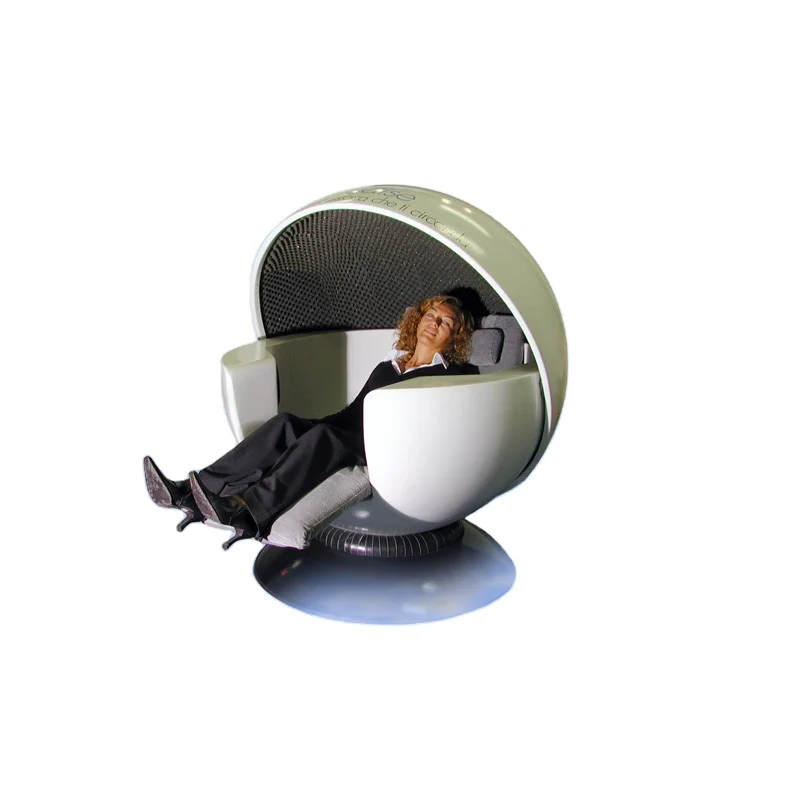 Sometimes it is difficult to be completely honest with a partner, and this can lead to misunderstandings. Through sincere conversation with an empty chair, you will be able to identify the problems that you need to solve.
Sometimes it is difficult to be completely honest with a partner, and this can lead to misunderstandings. Through sincere conversation with an empty chair, you will be able to identify the problems that you need to solve.
Moreover, during the exercise, you will probably notice something that was not so striking before. For example, the fact that the relationship is unhealthy or, on the contrary, they make you happy, but you still want to change something.
To prepare for a difficult conversation
Suppose you are about to have a serious conversation with a person with whom you are on bad terms. Because of the upcoming meeting or call, you are probably worried about what to say and how, or afraid that you will miss something. The Empty Chair practice will help you talk things out ahead of time and thereby reduce your anxiety and stress levels.
To improve communication skills
When emotions take over, it is impossible to build a constructive dialogue.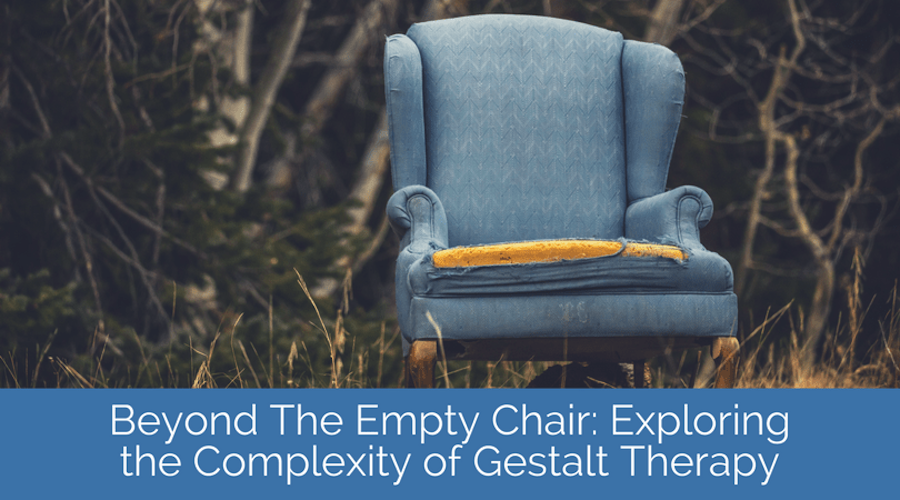 The Empty Chair technique helps to get rid of unnecessary worries and excitement. Also, with its help, you can learn how to correctly formulate your thoughts.
The Empty Chair technique helps to get rid of unnecessary worries and excitement. Also, with its help, you can learn how to correctly formulate your thoughts.
Is it possible to do the Empty Chair exercise at home
Yes, but with a therapist it will be more effective. Firstly, because he will be able to look at the problem from the outside and with the help of leading questions he will not let you get away from the topic. Secondly, if at some point your emotions reach a peak and you cannot calm down on your own, a specialist will help you do this. Thirdly, an unprepared person is unlikely to cope with psychological trauma on his own.
However, you can still try to get rid of emotions. American family therapist Stuart Kaplowitz recommends that his patients do this exercise as needed to vent negativity about someone or something. What you say won't make things worse.
How to do the exercise yourself
Make sure that you are in a comfortable environment, there are no distractions and there is complete silence around you.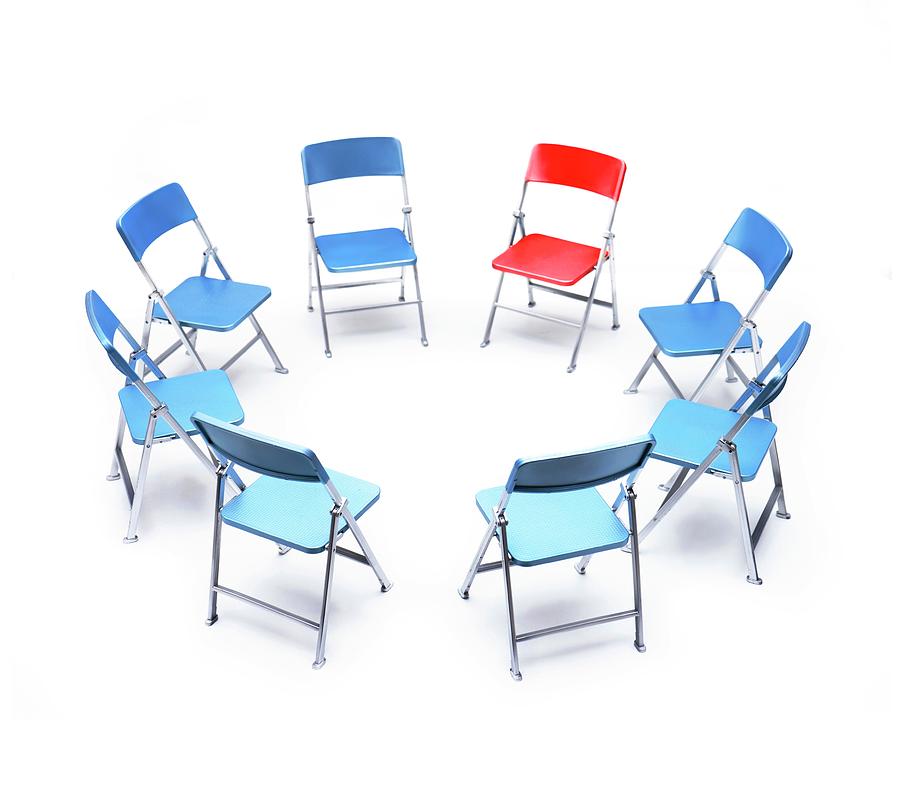
Take an empty chair, place it in front of you and sit opposite you. At the initial stages, a chair is required, but in the future you can do without it.
Stuart Kaplowitz
Family therapist.
For example, you are driving in a car and suddenly remember that some person once disappointed you. Say it out loud. This can be done both at home and on a walk in the park. I often hear from clients how easy it has become for them to be freed from negative emotions.
Imagine a person or something symbolic (such as laziness or an inner critic) sitting on an empty chair. It is better to make his portrait as detailed as possible. If there are difficulties, do not worry and just start talking. In the process, you may get the impression that you really see the interlocutor in front of you.
Unleash your emotions and express what you feel without being shy. If you want to scream, scream.
If you want to build a dialogue with an imaginary interlocutor, just take his place and start answering yourself.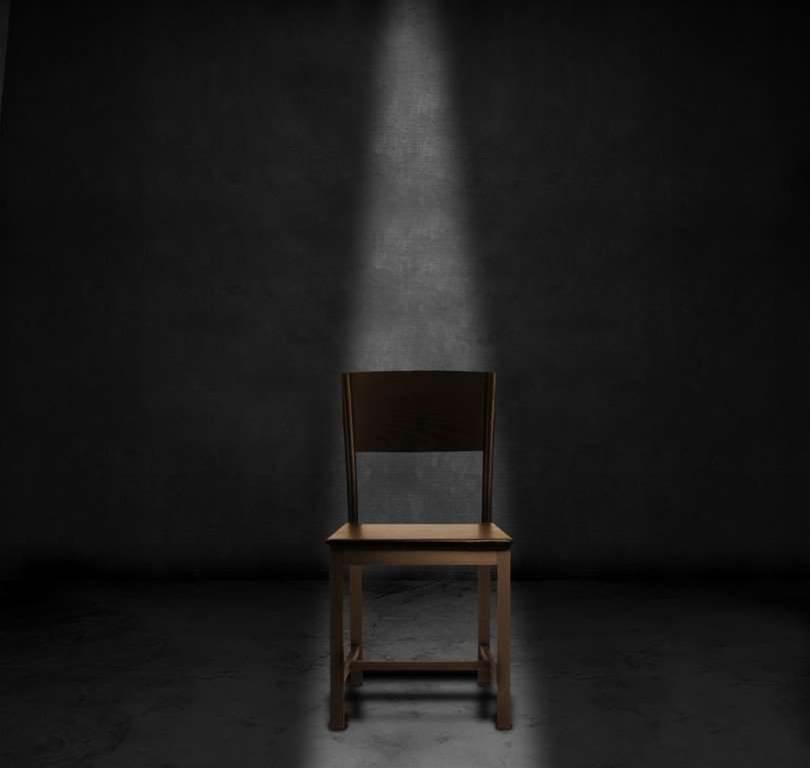
An important condition: take what is happening seriously and say what is on your mind without joking. Only then will the exercise be truly effective.
When you realize that you have nothing more to say to someone or something that is in an empty chair, just say goodbye to the image and imagine how he gets up and leaves.
Read also 🧐
- Why we crave relationship drama and how to deal with it
- 4 tips from humanistic psychologists to help you realize yourself
- How to analyze your feelings so as not to repeat past mistakes and understand the present
Theory and practice of Gestalt therapy. Empty chair technique.
One of the most popular techniques in the theory and practice of Gestalt therapy is the "empty chair" exercise. It is widely known and very popular among practitioners. This powerful experiment involves sitting in a chair with an empty chair in front of it. You represent someone or something in this place that is important to you and/or causes difficulty in your life.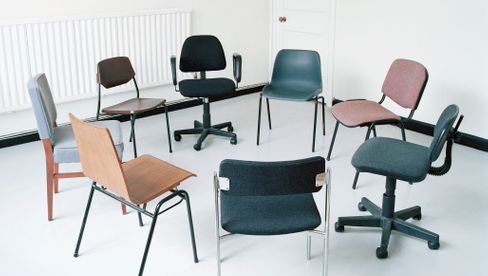 This may be related to past events, your present life or future situations, people you are yet to meet (for example, a prospective partner or a future son or daughter).
This may be related to past events, your present life or future situations, people you are yet to meet (for example, a prospective partner or a future son or daughter).
The object can be anything
Such as
- an aspect of your personality (for example, something you don't like about yourself),
- a physical manifestation (say, a constant headache) or appearance (perhaps too protruding ears) ,
- your home, work, negative event,
- behavioral stereotype (like, unmotivated aggression, the desire to control),
- your goal or desire, for example, to become rich and beautiful.
The Gestalt approach is still used by therapists around the world today.
Even if you are not struggling with one of the problems listed above, but feel that you need psychotherapy, you can always contact a Gestalt therapist to determine if this method is right for you. Strong self-awareness and the ability to live more fully in the present are two key elements for happy, fulfilling functioning. And it is on this that the basic principles of Gestaltism are built.
And it is on this that the basic principles of Gestaltism are built.
When you sit in a chair and vividly imagine a person or object sitting directly in front of you, you are encouraged to talk to him in your own way. This conversation will inevitably evoke a range of emotions and reactions. In a conversation, questions may be asked expressing thoughts or feelings that you have been hiding but may have always wanted to say, and so on.
At some point during the empty chair technique, the psychologist will ask you to switch roles. In other words, you assume the role of the person or object that you imagined opposite, and while in this role, sit and look at yourself in another chair. You are now having a conversation - with yourself - from the point of view of the person or object in the empty chair.
The meaning of the technique - everything that you imagine in the opposite chair is something that is inevitably of great importance to you.
And typically represents an unresolved conflict or pain point - an unfinished gestalt that needs to be resolved.

